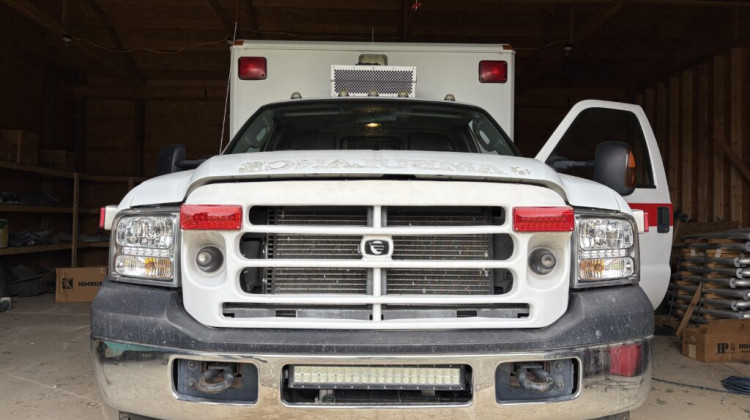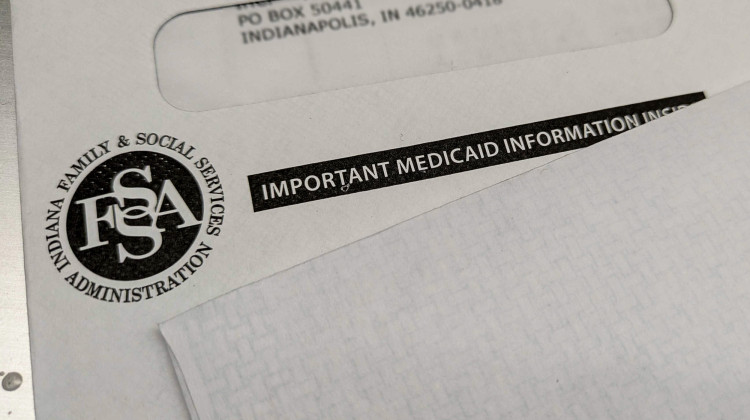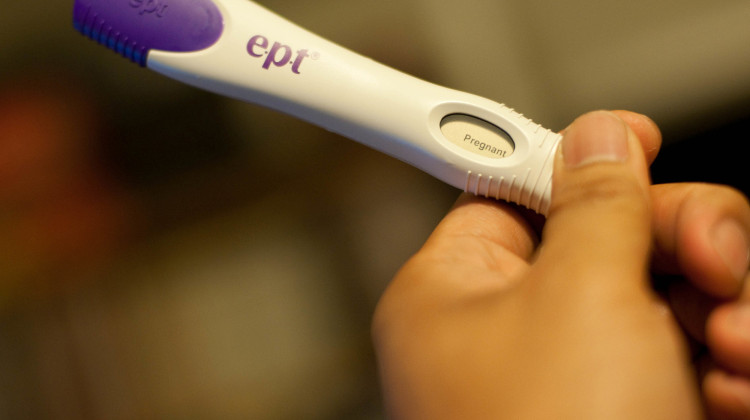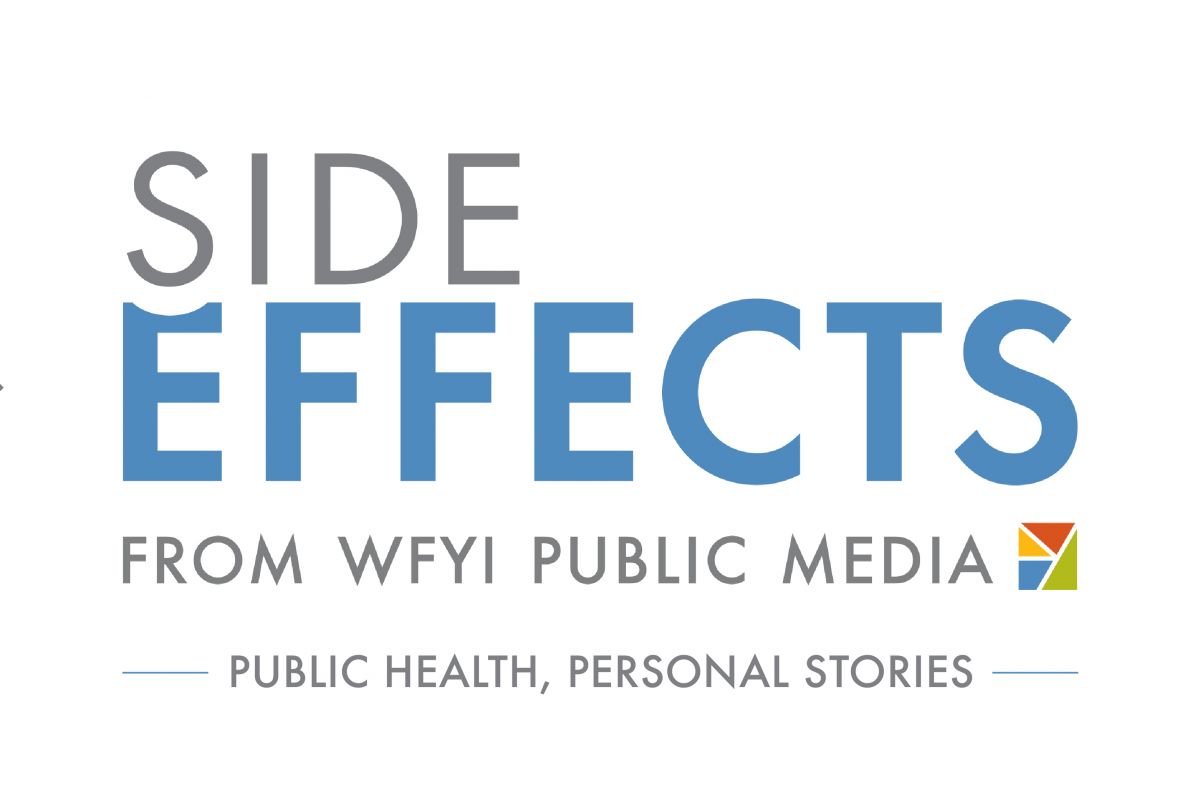
Newborn baby is shown sleeping on a bed. A new report says it's much safer for a baby to sleep alone on a crib with no pillows or blankets.
Purestock/Getty Images/PurestockParents can reduce the risk of sudden infant death syndrome by keeping their child's crib in the same room, close to their bed, according to the American Academy of Pediatrics.
That's one of the key recommendations in new guidance released today aimed at preventing SIDS, which claims the lives of approximately 3,500 infants every year in the United States. That number "initially decreased in the 1990s after a national safe sleep campaign, but has plateaued in recent years," the AAP adds.
The pediatricians say that children should sleep in the same room but on a separate surface from their parents for at least the first six months of their lives, and ideally the first year. They say that this can halve the risk of SIDS.

It also "removes the possibility of suffocation, strangulation, and entrapment that may occur when the infant is sleeping in an adult bed," according to the recommendations. The AAP discourages sharing a bed with an infant.
You can read the AAP's full guidance here. These are a few more of the pediatricians' recommendations:
-
Infants under a year old should always sleep lying on their backs. Side sleeping "is not safe and is not advised," the AAP says.
-
Infants should always sleep on a firm surface covered by only a flat sheet. That's because soft mattresses "could create a pocket ... and increase the chance of rebreathing or suffocation if the infant is placed in or rolls over to the prone position."
-
Any other bedding or soft objects, like pillows or stuffed animals, could obstruct a child's airway and increase the risk of SIDS and suffocation, according to the AAP.
-
The pediatricians say breastfeeding reduces the risk of SIDS.
-
The same goes for pacifiers at nap time and bedtime, although the doctors say the "mechanism is yet unclear." They add that "the protective effect is observed even if the pacifier falls out of the infant's mouth."
- Smoking – both during pregnancy and around the infant after birth – can increase the risk of SIDS. Alcohol and illicit drugs during pregnancy can also contribute to SIDS, and "parental alcohol and/or illicit drug use in combination with bed-sharing places the infant at particularly high risk of SIDS," the pediatricians say.
"We know that parents may be overwhelmed with a new baby in the home, and we want to provide them with clear and simple guidance on how and where to put their infant to sleep," Rachel Moon, the lead author of the report, said in a statement. "Parents should never place the baby on a sofa, couch, or cushioned chair, either alone or sleeping with another person. We know that these surfaces are extremely hazardous."
In summary, the doctors recommend that whenever a baby is sleeping, they should be placed on a firm surface with nothing else surrounding them, on their backs, in the same room as a caregiver.
9(MDEwMDc1MzM3MDEzNDczOTA0MDc1MzViMQ001))
 DONATE
DONATE









 Support WFYI. We can't do it without you.
Support WFYI. We can't do it without you.